UAE vows 'responsible' artificial intelligence rollout
Wednesday, 27 April 2022 06:42 The world's first minister for artificial intelligence says the United Arab Emirates isn't only looking for economic benefits as it seeks to become a leading nation in the sector.
The UAE's minister of state for AI, Omar bin Sultan al-Olama, said "quality of life" considerations were key, and also stressed the importance of a "responsible" rollout - with impacts potentially reverberating fo
The world's first minister for artificial intelligence says the United Arab Emirates isn't only looking for economic benefits as it seeks to become a leading nation in the sector.
The UAE's minister of state for AI, Omar bin Sultan al-Olama, said "quality of life" considerations were key, and also stressed the importance of a "responsible" rollout - with impacts potentially reverberating fo Dixon calls for greater transparency and data interoperability
Tuesday, 26 April 2022 22:41
Russia's invasion of Ukraine is underscoring the need to fuse intelligence datasets, like geospatial intelligence, signals intelligence, human intelligence, said Stacey Dixon, U.S. deputy director of national intelligence.
The post Dixon calls for greater transparency and data interoperability appeared first on SpaceNews.
Op-ed | Russia’s war could spread to space, the U.S. should be prepared
Tuesday, 26 April 2022 21:00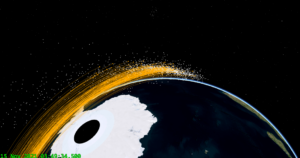
The satellites on which the data for the blue dot on your phone, nearly every global financial transaction, and the effectiveness of military forces relies, are not beyond Russian reach.
The post Op-ed | Russia’s war could spread to space, the U.S.
Op-ed | Russia’s war could spread to space; the U.S. should be prepared
Tuesday, 26 April 2022 21:00
The satellites on which the data for the blue dot on your phone, nearly every global financial transaction, and the effectiveness of military forces relies, are not beyond Russian reach.
The post Op-ed | Russia’s war could spread to space; the U.S.
Synthetic data helps train algorithms to spot rare objects
Tuesday, 26 April 2022 20:54
Computer vision models only work after they have ingested extensive data of various objects, which is not always available.
The post Synthetic data helps train algorithms to spot rare objects appeared first on SpaceNews.
Ligado Networks critics step up opposition as service launch nears
Tuesday, 26 April 2022 18:50
Ligado Networks faces renewed calls to block its terrestrial wireless plans over GPS interference concerns as the company prepares to turn part of its network on as early as Sept. 30.
NASA expects decisions on ISS crew swaps by June
Tuesday, 26 April 2022 18:21
NASA says it expects to know by June whether a Russian cosmonaut will fly on a Crew Dragon mission in September in exchange for a NASA astronaut flying on a Soyuz, as the agency’s leadership continues to express optimism about long-term cooperation with Russia on the space station.
ACT to embed thermal management in Carbon Mapper structures
Tuesday, 26 April 2022 16:10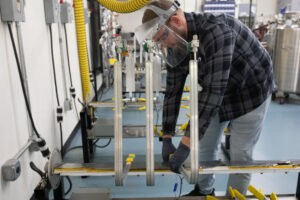
Advanced Cooling Technologies (ACT), a thermal management specialist, announced a contract with Planet to design and build structures for the first two Carbon Mapper methane-monitoring satellites.
The post ACT to embed thermal management in Carbon Mapper structures appeared first on SpaceNews.
Halifax International raising funds to build imaging satellites for Ukraine
Tuesday, 26 April 2022 14:49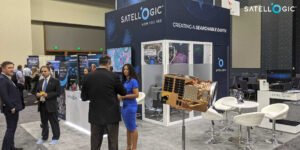
Satellogic would produce satellites for Ukraine under a Halifax International initiative
The post Halifax International raising funds to build imaging satellites for Ukraine appeared first on SpaceNews.
China plans system to take out asteroids hurtling toward Earth
Tuesday, 26 April 2022 14:46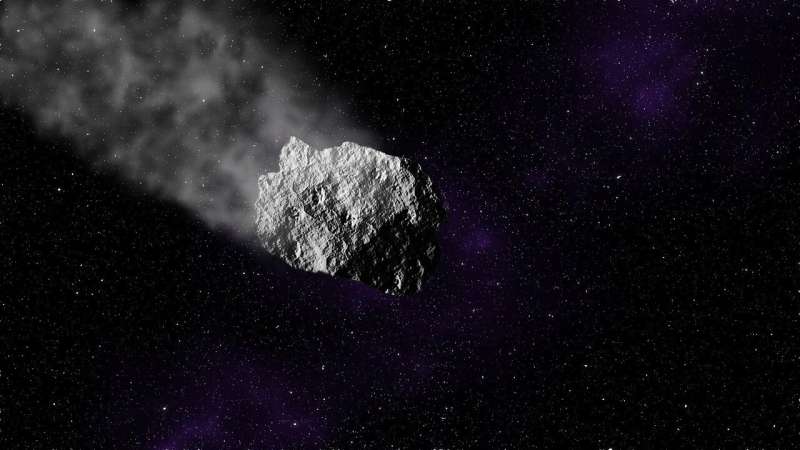
China plans to develop a system for monitoring asteroids that pose a threat to earth, highlighting the nation's growing ambitions for its space program.
The country will also explore ways for taking out asteroids that endanger the planet, Wu Yanhua, deputy director of the China National Space Administration, said in a TV interview, according to the official Xinhua News Agency.
To test the system, China intends to send a spacecraft toward an asteroid in 2025 or 2026 to study it and then change its course, Wu added, without providing details on how that would work.
The Asian nation has pushed forward with plans for its space program in recent years. In January, Wu said Beijing signed an agreement with Russia to build a base on the moon, and last year a Chinese moon mission returned to earth with lunar samples.
China's aspirations for its space program have ramped up tensions with the U.S. The two sides have sparred over SpaceX satellites that Beijing said came dangerously close to its space station, prompting the government of the Asian nation to criticize SpaceX in a memo to a United Nations committee that oversees operations in space.
NASA gives green light for OSIRIS-REx spacecraft to visit another asteroid
Tuesday, 26 April 2022 14:30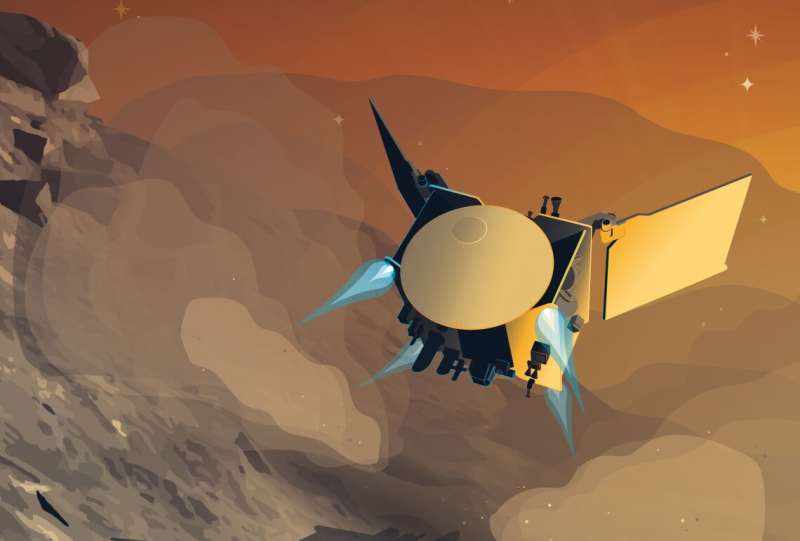
NASA's OSIRIS-REx spacecraft will swing by Earth to deliver a sample from asteroid Bennu on Sept. 24, 2023. But it won't clock out after that.
NASA has extended the University of Arizona-led mission, which will be renamed OSIRIS-APEX, to study near-Earth asteroid Apophis for 18 months. Apophis will make a close approach to Earth in 2029.
The University of Arizona will lead the mission, which will make its first maneuver toward Apophis 30 days after the OSIRIS-REx spacecraft delivers the sample it collected from Bennu back in October 2020. At that point, the original mission team will split—the sample analysis team will analyze the Bennu sample, while the spacecraft and instrument team transitions to OSIRIS-APEX, which is short for OSIRIS-Apophis Explorer.
Space companies donate funds for humanitarian efforts in Ukraine
Tuesday, 26 April 2022 14:11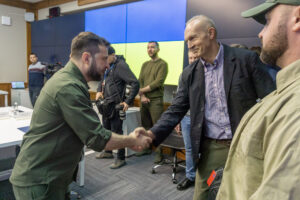
Several firms in the commercial space industry have each pledged $50,000 to finance humanitarian efforts in Ukraine
The post Space companies donate funds for humanitarian efforts in Ukraine appeared first on SpaceNews.
Adranos, a startup that makes solid rocket motors, closes $20 million funding round
Tuesday, 26 April 2022 13:00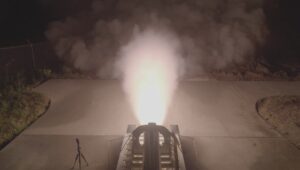
Adranos, a startup that manufactures solid rocket motors, announced April 26 it has closed a $20 million Series A funding round.
The post Adranos, a startup that makes solid rocket motors, closes $20 million funding round appeared first on SpaceNews.
U.S., South Korea agree to cooperate on space situational awareness for military purposes
Tuesday, 26 April 2022 12:43
The SSA pact is part of a broader space security agreement reached between John D. Hill, U.S. deputy assistant secretary of defense for space and missile defense, and Cho Yong-geun, the South Korean defense ministry’s director of North Korea policy, during the April 25 session of the Space Cooperation Working Group (SCWG) in Washington
Living Planet Symposium: apply for student grants
Tuesday, 26 April 2022 12:20Living Planet Symposium: apply for student grants
